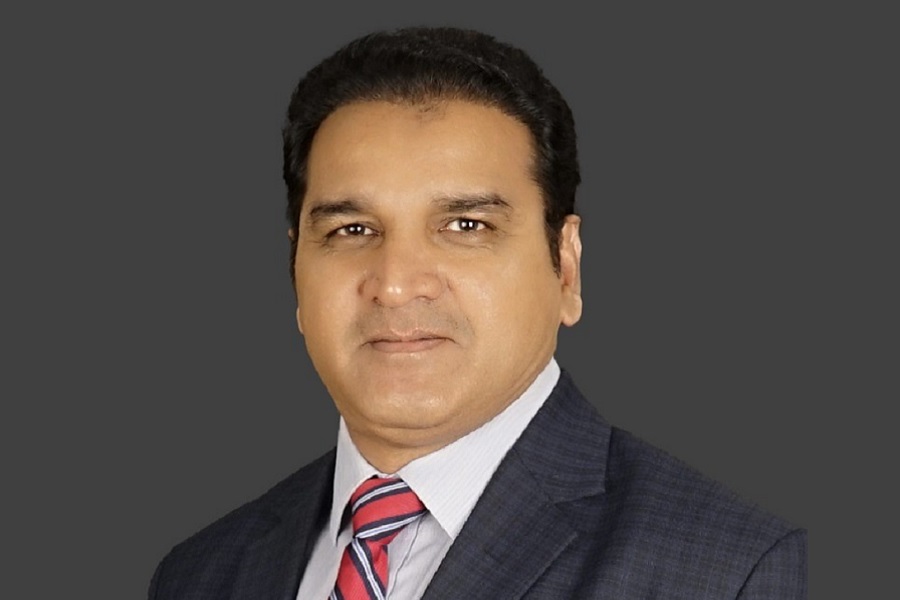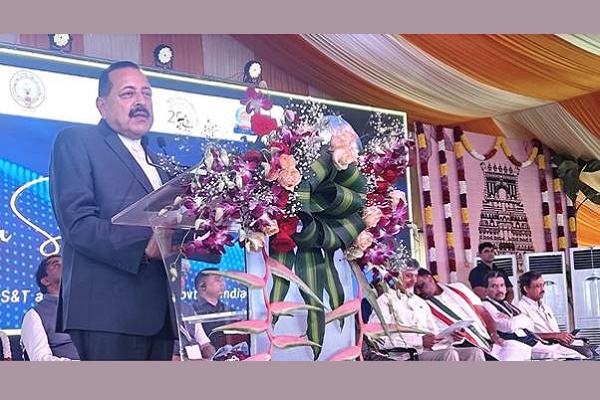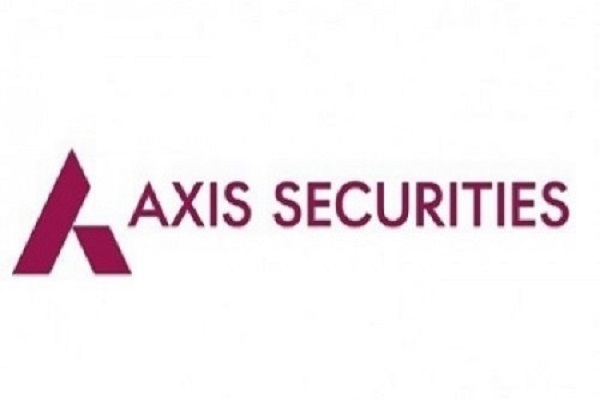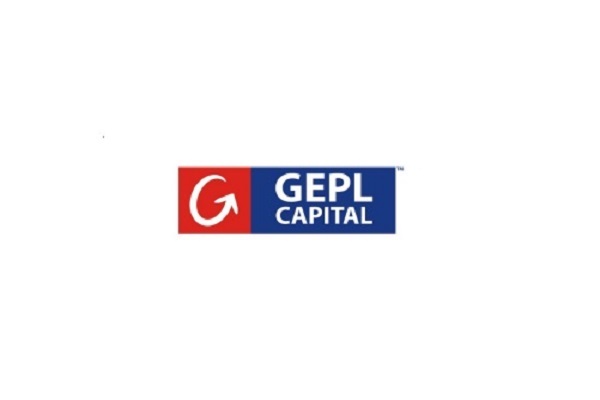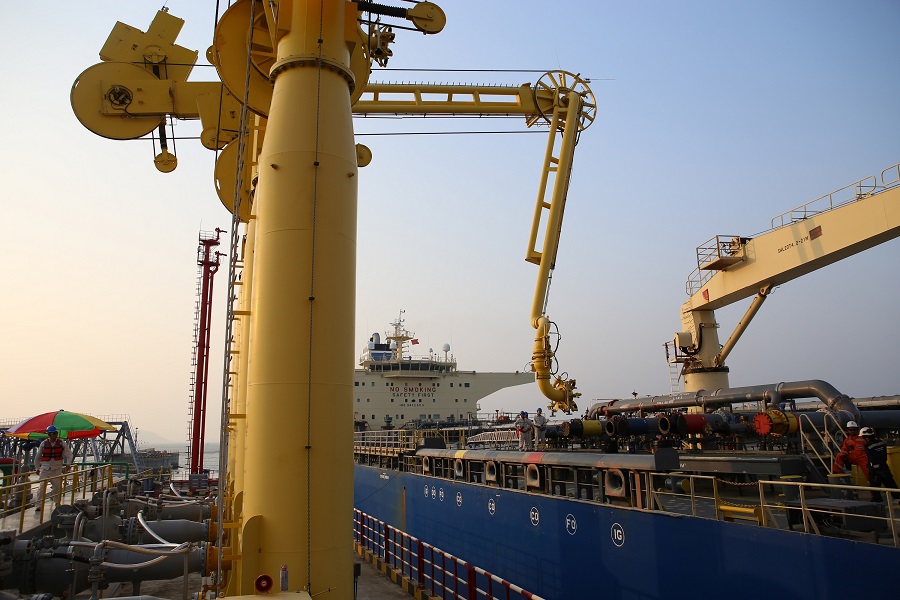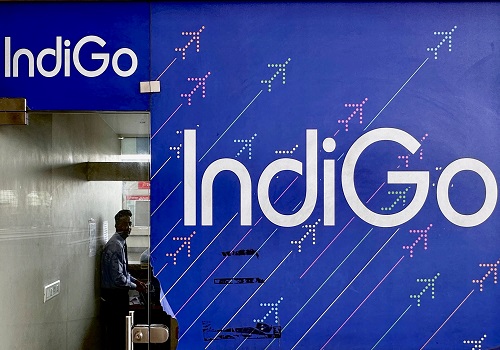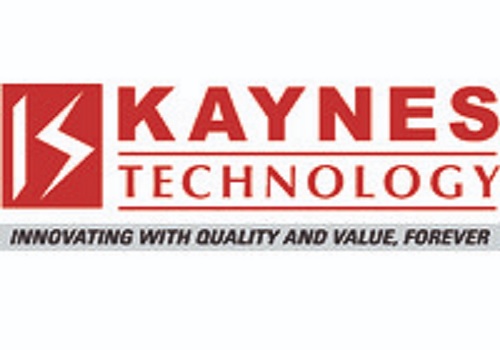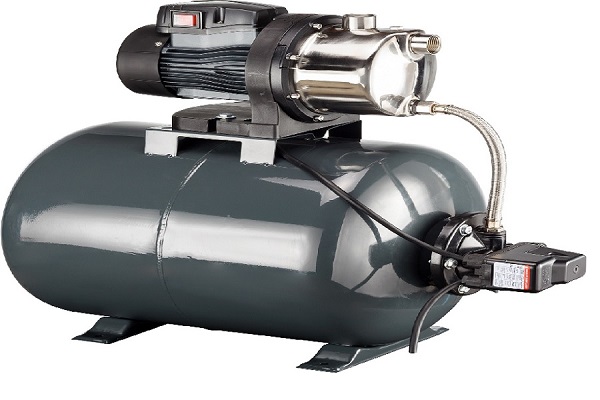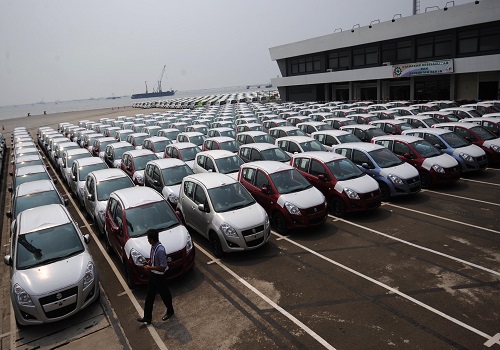Electronic Manufacturing Sector Update : Component PLI - Healthy incentives offered across segments by Kotak Institutional Equities

The Indian government has notified the Electronics Component Manufacturing Scheme. Incremental details include the incentives offered to different categories (ranging from 10% for multi-layer PCBs in the 1st year to 1% on display module sub assembly in the 6th year and 25% capital subsidy). We see both Dixon and Amber as favorably placed to achieve the turnover and capex targets and revise Dixon’s FV to Rs15,320 and Amber’s FV to Rs7,900. Based on our analysis, even if we include only the display module and the camera module businesses in our estimates, Dixon will be able to more than offset the impact of Mobile PLI withdrawal and see a 60 bps EBITDA margin expansion.
Component PLI: Developing non-semiconductor component ecosystem in India
The Indian government has notified the (link) Electronics Component Manufacturing Scheme, which was approved by the cabinet on March 28, 2025, with a total incentive outgo of Rs230 bn. Incremental details from the notification include the incentives offered to different segments (ranging from 10% for multi-layer PCBs in the 1st year to 1% on display module sub-assembly in the 6th year and 25% capital subsidy for certain segments) and the minimum capex requirement/employment generation to be undertaken in each segment.
Dixon: Key beneficiary of the component PLI scheme
We expect Dixon to participate in the display modules, camera modules and electro-mechanical component segments. For Dixon, in the display module and camera module categories, the total capex required over six years is only Rs2.5 bn each. The implied asset turn in display modules in year 6 is 5X and for camera modules, it is 3.6X. Hence, both the targets for revenue and capex seem quite achievable in the first few years of the scheme, given the large captive volumes for mobiles. One of the biggest investor concerns has been the impact of Mobile PLI withdrawal. Based on our analysis, even if we include only the display module and the camera module businesses in our estimates, Dixon will be able to more than offset the impact of Mobile PLI withdrawal and see a 60 bps EBITDA margin expansion.
Amber: Gaining a foothold in the mobile and consumer electronics PCB market
Amber’s 70:30 JV with Korea Circuits will help it offer various grades of PCBs, such as multi-layer, flex PCBs, HDI and semiconductor substrates, which are used in the mobile and consumer electronics. Amber, through the component PLI, aims to invest Rs10 bn+ in this venture (a 25% central capital subsidy and 4% to 8% turnover incentive with additional state subsidy). The PCB business operates at an asset turn of 1.0-1.2X, and we expect margins in this business to be ~18%, in line with its existing Ascent Circuits business.
We revise our Dixon FV to Rs15,320 and Amber FV to Rs7,900
We revise our estimates by -6% to 3% for Dixon and FV increases to Rs15,320 to account for the non-renewal of mobile PLI and entry into display modules. We are marginally cutting our value of Amber’s stake in JV with Korea Circuits, factoring in the expected subsidy offered under the component PLI scheme.
Component PLI: Developing non-semiconductor component ecosystem in India
The Indian government has notified the (link) Electronics Component Manufacturing Scheme, which was approved by the cabinet on March 28, 2025, with a total incentive outgo of Rs230 bn. Incremental details from the notification include the incentives offered against the various target segments and the minimum capex requirement and employment generation to be undertaken in each segment. We see both Dixon (display modules, camera modules, electro-mechanical target segments) and Amber (HDI/MSAP/Flexible PCB) as favorable placed to achieve the turnover and capex targets.
Turnover incentive: PLI incentives based on turnover range from 10% for multi-layer PCBs in the 1 st year to a 1% incentive on display module sub-assembly in the 6 th year. For Dixon, in the display module and camera module categories, the total capex required over six years is only Rs2.5 bn each. The implied asset turn in display modules in year 6 is 5X and for camera modules, it is 3.6X. Hence, both the targets for revenue and capex seem quite achievable in the first few years of the scheme for Dixon, given the large captive volumes for mobile/IT laptops and TVs.
Capex incentive: Unlike the semiconductor PLI scheme, where the capital subsidy disbursement was on a Pari-Passu basis, capex disbursements under the electronic component scheme are to be made only after the commencement of commercial production from the factory. Amber, which will participate in the manufacturing of HDI/MSAP/Flexible PCBs), will get a 25% capital subsidy and turnover incentive (8% in the 1 st year to 4% in year 6), which should help the company generate a healthy RoCE on this investment.
Employment targets: The government has laid out guidelines for targeted employment generation for each target category. In case a company meets the cumulative investment and incremental sales target but is unable to meet the cumulative incremental employment threshold, the turnover-linked incentive shall be given by deducting equivalent to 1% of the turnover from the specified rate. For capex incentive, 5% of the capex incentive shall be disbursed only on meeting cumulative employment targets, and those unable to meet cumulative employment threshold targets, the capex incentive shall be given by deducting 5% of the capex from the specified rate.
Tenure: The scheme will be provided for six years, with a one-year gestation period on an optional basis, with the first year of sales being FY2026 or FY2027, based on a company’s discretion. We expect Dixon’s display module to start claiming incentives from FY2026 potentially.
Above views are of the author and not of the website kindly read disclaimer





